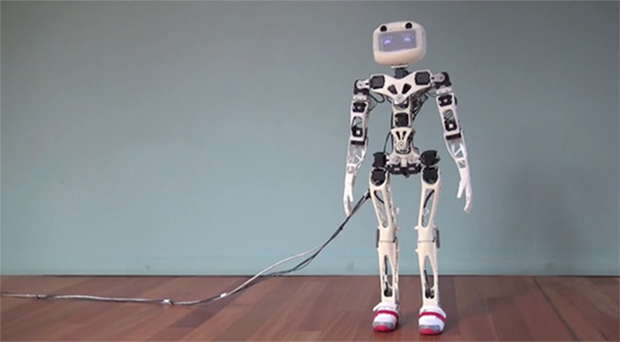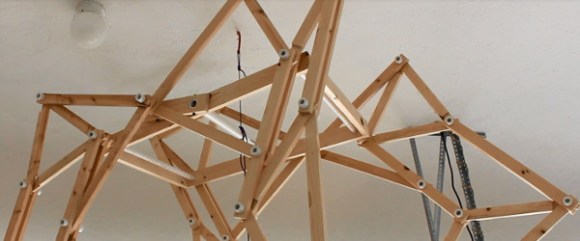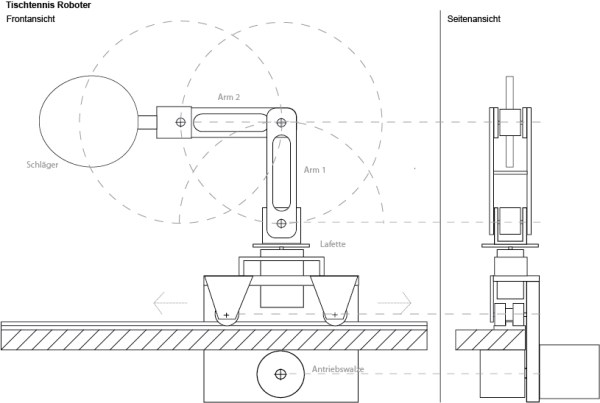
[Dan Royer] of Marginally Clever had a dream. A dream to build an open-source 6 DOF robot that anyone can make! To do so, he’s been learning robotics for the past two years, and has just finished the first step — he’s designed and built an open source 3 DOF palletizing robot!
He’s based this little guy off of the commercial ABB 460 palletizing robot, which is a tried and true industrial robot. It features all laser cut parts, a few nuts and bolts, some stepper motors and an Arduino UNO for the brain. He’s released all of the design files on Thingiverse and the firmware on GitHub — yet another project we’d like to build if only we had a laser cutter!
And don’t worry, the Arduino UNO is only being used for this first prototype — he’s already started writing code for the RUMBA (Reprap Universal Mega Board with Allegro-driver) controller for revision 2.
Stick around to see it write its first greeting with a marker — Hello World!
Continue reading “3 DOF Open Source Robot Arm Is Just The Beginning”
















